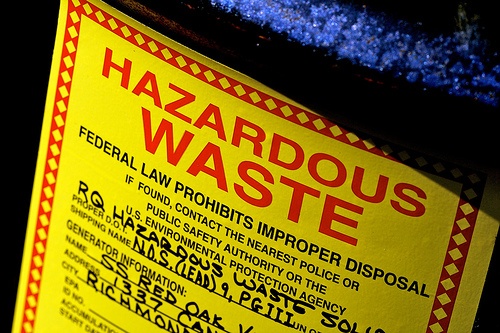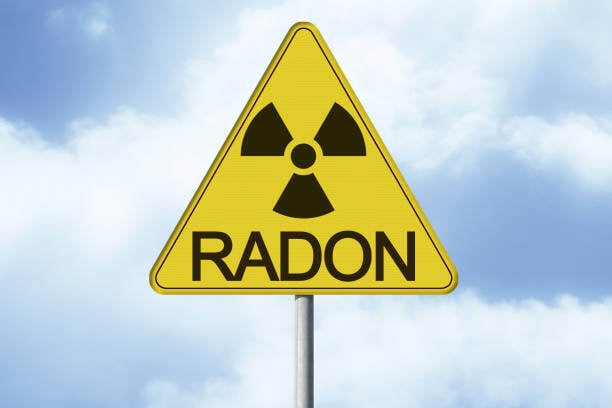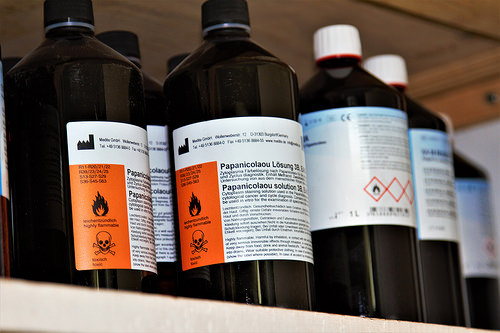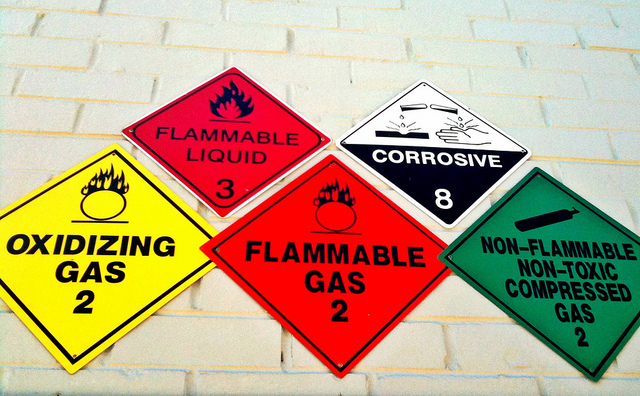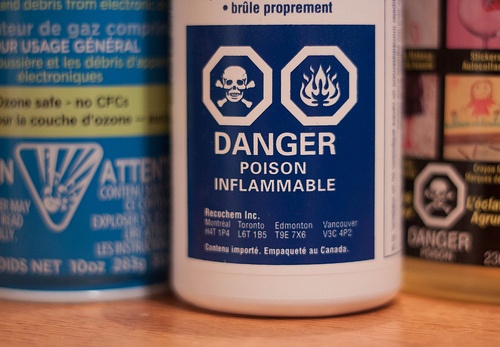The Toxic Substances Control Act (TSCA) includes procedures for the Environmental Protection Agency (EPA) to evaluate risks presented by existing chemicals using the latest scientific information – incorporating information developed after a chemical entered use in the US. Based on these reviews, EPA updates its regulatory requirements, ranging from labeling-only through use restrictions up to and including bans from further distribution and use. (I summarized these review requirements HERE). On December 18, 2024, EPA published restrictions in the Federal Register, for carbon tetrachloride (CTC) and perchloroethylene (PCE), based on its hazard reviews for those chemicals. The rest of this note discusses these new restrictions.
Audit, Compliance and Risk Blog
EPA further limits uses of carbon tetrachloride and perchloroethylene
Posted by Jon Elliott on Fri, Jan 10, 2025
Tags: Environmental risks, Environmental, EPA, tsca, Environmental Projects, chemical safety, Environment, Environmental Policy, Chemical Safety Board, Hazardous Chemicals, Environmental Compliance, EPA Regulations, EPA Standards
New Jersey proposes to require reporting when site assessments find contamination
Posted by Jon Elliott on Fri, Dec 27, 2024
New Jersey's Spill Compensation and Control Act (Spill Act) was enacted in 1977, establishing broad responsibilities for entities that handle hazardous substances, including reporting and cleanup by those responsible for contamination. (The Spill Act predated and helped inspire the national Superfund law (Comprehensive Environmental Response, Compensation, and Liability Act of 1980). The Act also provides limitations on liability in some circumstances, notably for entities that acquire land that is already contaminated. The Spill Act is administered by the New Jersey Department of Environmental Protection (DEP). On October 21, DEP proposed to expand Spill Act reporting responsibilities to all entities that discover contamination, including those conducting site evaluations as part of their due diligence – “All Appropriate Inquiries” – in support of possible property transfers.
Read MoreTags: Environmental risks, Environmental, Environmental Projects, Hazardous Waste, Environment, Environmental Policy, Hazardous Chemicals, Hazardous Material, Environmental Compliance, Hazardous Substances
Radon gas is released naturally by radioactive decay within rock formations, from where it can percolate to the surface and infiltrate basement and trenching, and then produce hazardous concentrations if trapped or spread throughout the structure by the ventilation system. Because of its radioactive origin, radon can pose health risks – it’s the leading cause of lung cancer in non-smokers. The US Environmental Protection Agency (EPA) administers extensive information programs, which encourage in-building testing (especially in housing), and provides guidance for hazard reduction. EPA’s authority derives primarily from the Indoor Radon Abatement Act of 1988 (codified as Title III of the Toxic Substances Control Act (TSCA)). In addition, the Occupational Safety and Health Administration (OSHA) considers radon a type of ionizing radiation subject to worker protection requirements. The remainder of this note provides background to radon hazards and their management, referencing information from EPA, OSHA and other agencies and professional organizations.
Read MoreTags: OSHA, Environmental risks, Environmental, EPA, workplace safety, Environment, Environmental Policy, Hazardous Chemicals
EPA proposes TSCA review of five potential high hazardous substances
Posted by Jon Elliott on Fri, Aug 16, 2024
The 2016 amendments to the Toxic Substances Control Act (TSCA) added procedures for the Environmental Protection Agency (EPA) to evaluate risks presented by existing chemicals using the latest scientific information – including information developed after a chemical entered use in the US. Based on these reviews, EPA is to update its regulatory requirements, ranging from labeling-only through use restrictions up to and including bans from further distribution and use. (I summarized these review requirements HERE ). Beginning in November 2019, EPA regularly announces new chemical reviews, and subsequently the results of these reviews. (I wrote about the first review announcement HERE ). On July 25, 2024 EPA published a formal proposal to review 5 additional chemicals for designation as High-Priority Substance subject to strict controls under TSCA. The rest of this note identifies these proposed chemicals.
Read MoreTags: Health & Safety, Environmental risks, Environmental, EPA, tsca, Hazardous Waste, Environment, Hazardous Chemicals, Hazardous Material
Federal Court confirms Superfund liability for arrangers that didn’t know their materials were hazardous
Posted by Jon Elliott on Fri, Jul 19, 2024
The federal Superfund law (Comprehensive Environmental Response, Compensation, and Liability Act (CERCLA) of 1980) defines broad categories of parties who might be deemed responsible for chemical contamination (“responsible parties”) and liable to pay for some or all the costs o cleaning up. Nearly 45 years after CERCLA was first enacted, a federal Court of Appeals has confirmed for the first time that a party that “arranges for” disposal can be liable for cleanup costs
, even if there’s no evidence that the party knew that the materials being disposed were hazardous. Although this ruling is consistent with the statutory text and decades of practice, it’s still the first formal ruling by an Appeals court (68th Street Site Work Group v. Alban Tractor Co.). The rest of this note summarizes “arranger-for” liability, and this case.
Read MoreTags: Health & Safety, EPA, Safety and Health at Work, CERCLA, Hazardous Chemicals, Hazardous Material
Since the 1980s, the Occupational Safety and Health Administration (OSHA) has required most employers to protect their workers from workplace chemical hazards, and to train workers to protect themselves. Most employers are subject to OSHA’s Hazard Communication Standard (HCS; 29 CFR 1910.1200), or to variants imposed by states delegated OSHA’s authority. Many of the present requirements were established by massive revisions adopted in March 2012, when OSHA recast HCS to align it with the United Nations-sponsored Globally Harmonized System of Classification and Labeling of Chemicals (GHS). OSHA’s 2012 revisions conformed the US to GHS Revision 3, which was issued internationally in 2002. The most obvious change was the adoption of Safety Data Sheets (SDSs) to replace longstanding Material Safety Data Sheets (MSDSs), but employers faced a series of deadlines during 2013-2016.
On May 20, 2024, OSHA significantly updated HCS requirements for the first time since 2012, primarily to reflect GHS changes through Revision 7 (which was published in 2017). OSHA’s revisions take effect on July 19. The remainder of this note summarizes these changes, based on the affected subsections or appendices.
Read More
Tags: OSHA, Safety and Health at Work, workplace safety, Hazardous Waste, Hazard Communication, Hazardous Chemicals


